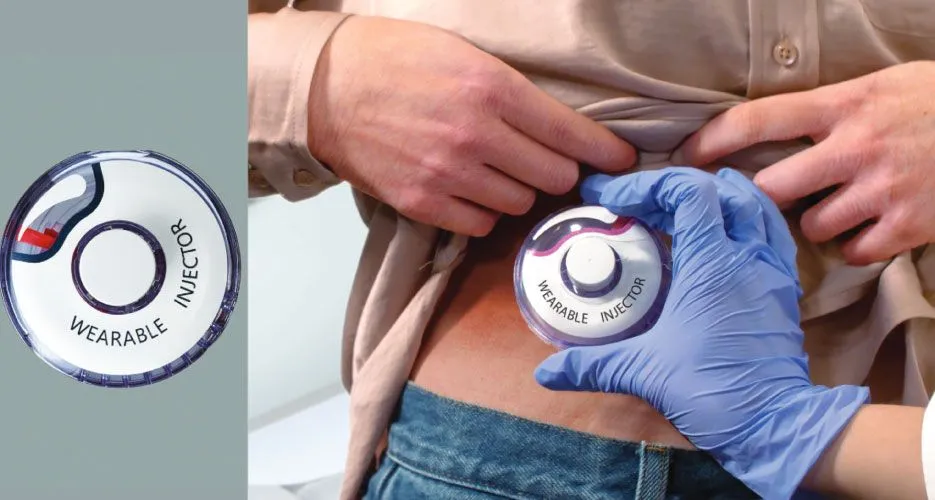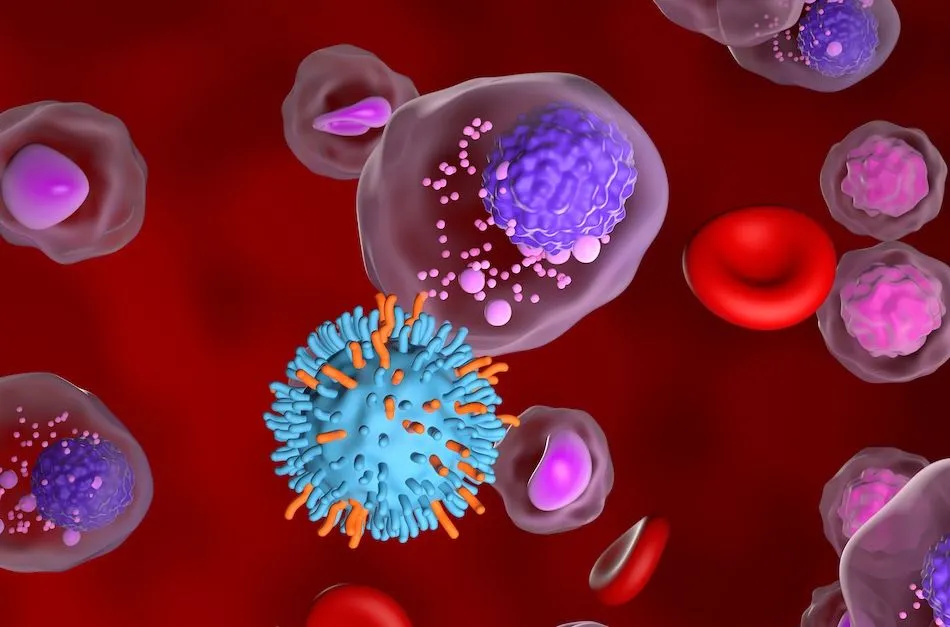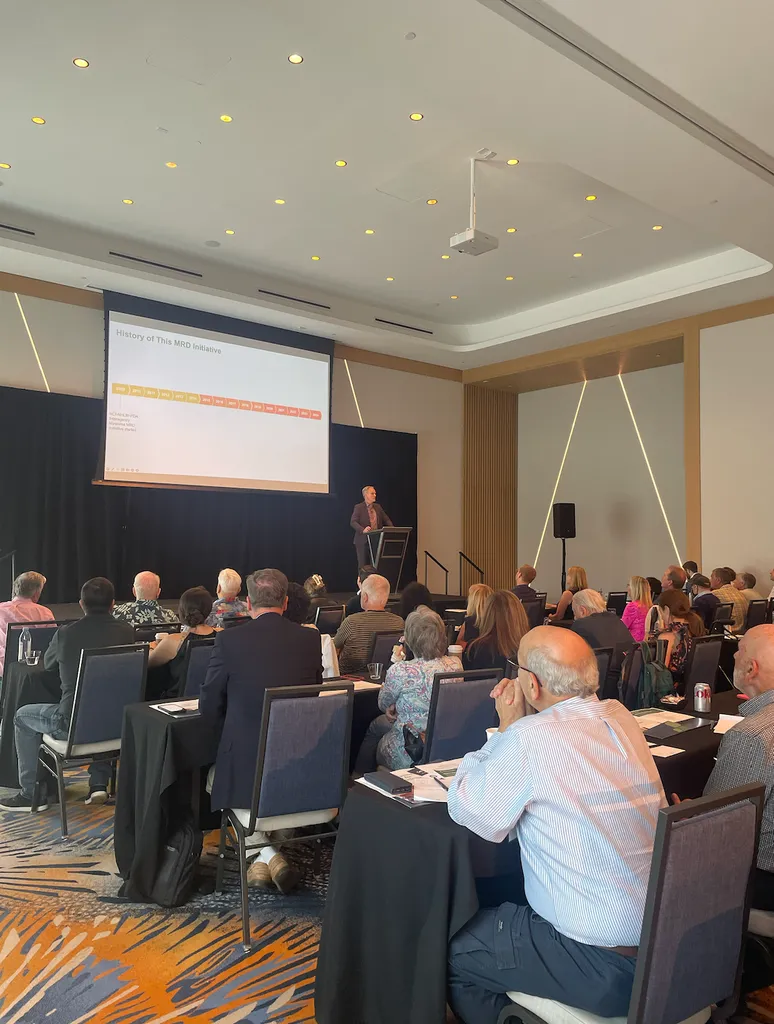Improving Kidney Function for Myeloma Patients With New Technology

There are many myeloma patients who have acute kidney injury, thanks to extra workload put on the kidneys from excessive myeloma protein in the blood. French researchers from the Intergroupe Francophone du Myélome are testing a new method to help patients recover their kidney function because it directly impacts overall survival. With newer myeloma drugs, 30% of patients with severe kidney issues can recover kidney function and become dialysis independent, so new strategies removing the circulating monoclonal key light chains are worthy of work. The researchers created a study for kidney failure patients to compare which method would restore renal function better: a new HCO dialyzer or a conventional high-flux dialyzer. In both groups, patients received 21 days of bortezomib and dexamethasone and then cyclophosphamide after 3 cycles if there was not treatment response. The study ran from 20111-2015 and included 98 patients. Patients who used the new HCO dialyzer had 60% dialysis independence at 6 months compared to 37.5% of patients using the conventional method. The researchers concluded that this randomized study showed that myeloma patients with severe renal failure treated with bortezomib showed significantly higher renal recovery rate with the HCO dialyzer over conventional dialyzers. Dr. Robert Orlowski of MD Anderson mentioned the newer technology on a recent show on Myeloma Crowd Radio:
The standard practice here in America has been of course to treat the myeloma with chemotherapy. In some cases, patients may need hemodialysis. The problem with the filters that are used in the dialysis machines here in America is that the pores which are kind of like little holes in the filter, it’s kind of like cheesecloth. The holes are very, very small in the filters here and really don’t take out free light chains very quickly. But for a number of years in Europe, there’s been a different kind of dialysis filter available that has larger pores, larger holes, if you will, and that allows better removal during dialysis of the light chains. The Europeans did present a study where they randomized patients with renal failure to get bortezomib and dexamethasone, and either standard dialysis or dialysis with this new filter. They showed that this new filter which takes off the light chains better resulted in a higher rate of recovery of renal functions. Hopefully, this will be something that will be reviewed also by the FDA. That will be great because of course nobody wants to be on dialysis if they don’t have to be, and it may be that if we have this available in the U.S., we’ll be able to save some patients from having to go on dialysis continuously.
We look forward to this new technology being brought to the US clinic in time.
There are many myeloma patients who have acute kidney injury, thanks to extra workload put on the kidneys from excessive myeloma protein in the blood. French researchers from the Intergroupe Francophone du Myélome are testing a new method to help patients recover their kidney function because it directly impacts overall survival. With newer myeloma drugs, 30% of patients with severe kidney issues can recover kidney function and become dialysis independent, so new strategies removing the circulating monoclonal key light chains are worthy of work. The researchers created a study for kidney failure patients to compare which method would restore renal function better: a new HCO dialyzer or a conventional high-flux dialyzer. In both groups, patients received 21 days of bortezomib and dexamethasone and then cyclophosphamide after 3 cycles if there was not treatment response. The study ran from 20111-2015 and included 98 patients. Patients who used the new HCO dialyzer had 60% dialysis independence at 6 months compared to 37.5% of patients using the conventional method. The researchers concluded that this randomized study showed that myeloma patients with severe renal failure treated with bortezomib showed significantly higher renal recovery rate with the HCO dialyzer over conventional dialyzers. Dr. Robert Orlowski of MD Anderson mentioned the newer technology on a recent show on Myeloma Crowd Radio:
The standard practice here in America has been of course to treat the myeloma with chemotherapy. In some cases, patients may need hemodialysis. The problem with the filters that are used in the dialysis machines here in America is that the pores which are kind of like little holes in the filter, it’s kind of like cheesecloth. The holes are very, very small in the filters here and really don’t take out free light chains very quickly. But for a number of years in Europe, there’s been a different kind of dialysis filter available that has larger pores, larger holes, if you will, and that allows better removal during dialysis of the light chains. The Europeans did present a study where they randomized patients with renal failure to get bortezomib and dexamethasone, and either standard dialysis or dialysis with this new filter. They showed that this new filter which takes off the light chains better resulted in a higher rate of recovery of renal functions. Hopefully, this will be something that will be reviewed also by the FDA. That will be great because of course nobody wants to be on dialysis if they don’t have to be, and it may be that if we have this available in the U.S., we’ll be able to save some patients from having to go on dialysis continuously.
We look forward to this new technology being brought to the US clinic in time.
about the author
Jennifer Ahlstrom
Myeloma survivor, patient advocate, wife, mom of 6. Believer that patients can contribute to cures by joining HealthTree Cure Hub and joining clinical research. Founder and CEO of HealthTree Foundation.
More on Treatment Advances
Trending Articles




Get the Latest Multiple Myeloma Updates, Delivered to You.
By subscribing to the HealthTree newsletter, you'll receive the latest research, treatment updates, and expert insights to help you navigate your health.












